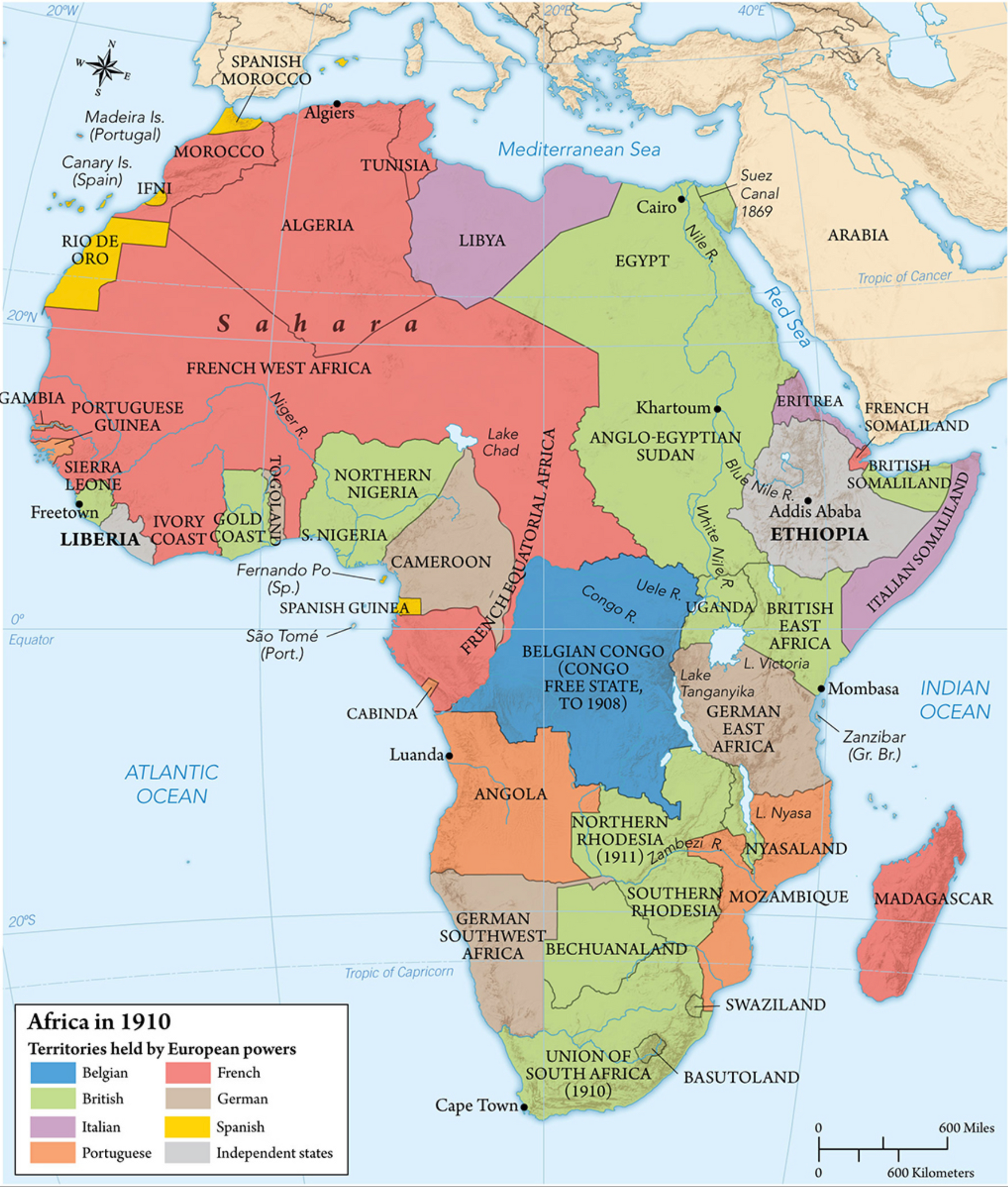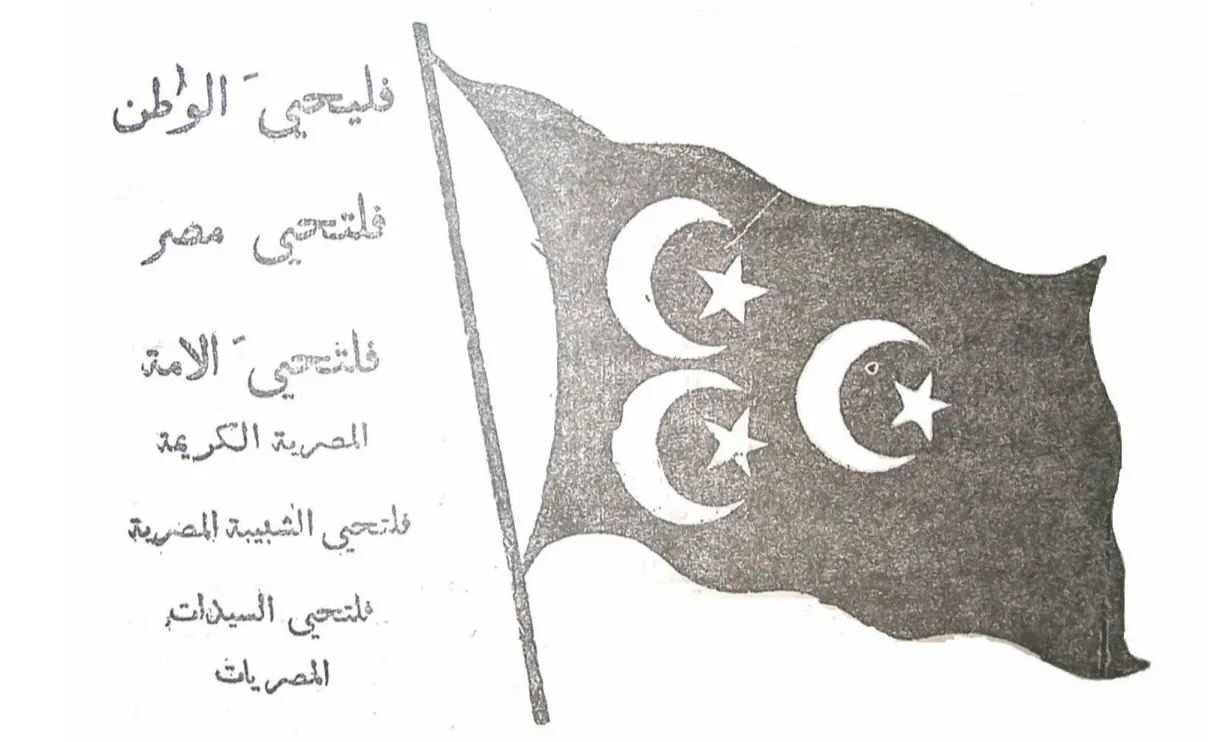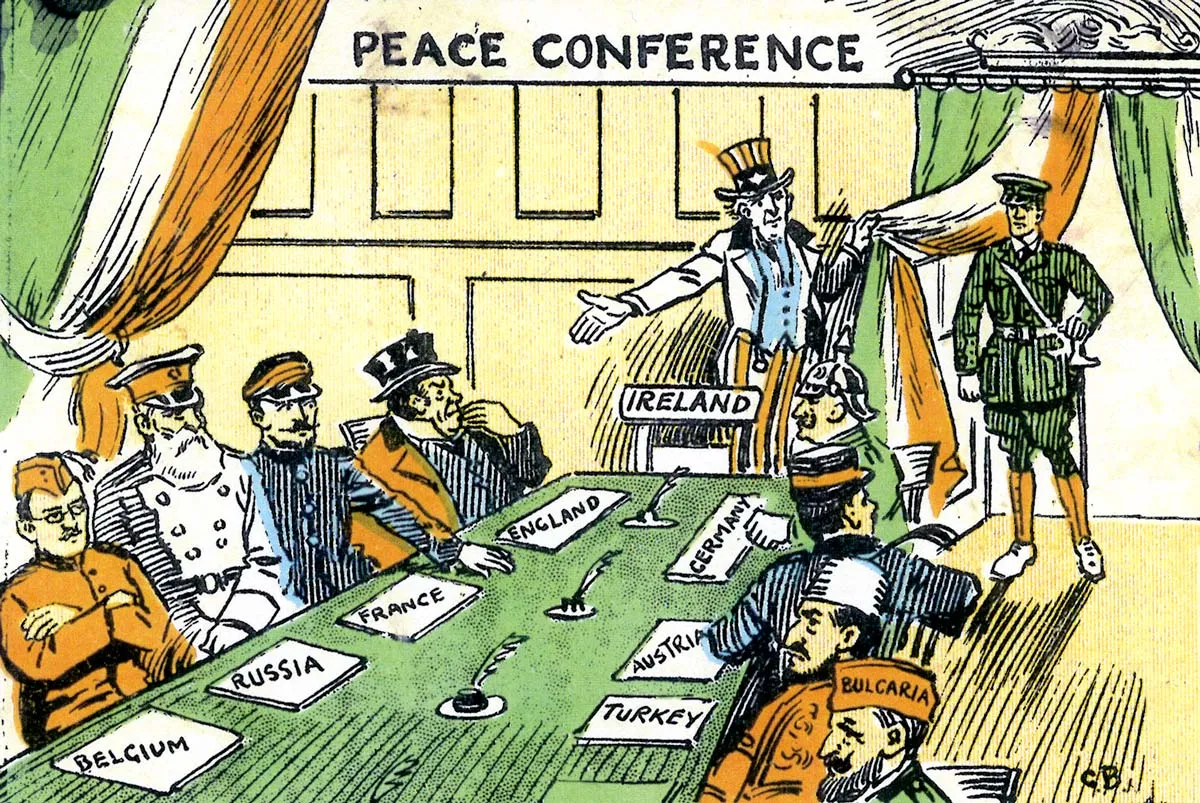“We Thought it Best to Fight”: Teaching British-Ruled Africa in the Era of New Imperialism, c.1880 - c.1930
A discussion of how to teach New Imperialism in British-ruled Africa using sources by colonized Africans.

During the past month, I have written about how to teach New Imperialism. The first few posts focused on global patterns, and the last two posts focused on South Asia and Southeast Asia. As I’ve been writing these posts, I have also noticed many articles in the British press about the teaching of the British Empire. Many of these articles, such as this one by Maya Goodfellow and this one by Sally Weale, tend to focus on why there needs to be more discussion of empire in the British curriculum, but there are few articles that discuss how to teach empire.
Pooja Kawa’s “Studying the empire: can history students avoid pitfalls of the past?” is a rare popular article that explores how empire should be taught. I especially appreciated how she acknowledged that we can’t escape “the problematic racist language” of many colonial sources, so we need to confront this language directly. She also argued that too often, “white academics” write and teach about imperialism. As a White male teacher, I have tried to be mindful of how I present imperialism and the different sources I use. I want to amplify and center marginalized voices and acknowledge others’ work.
A few years ago, I first wrote about teaching the European colonization of Africa. I intend to expand on the ideas I discussed in that essay and focus on how we can help students respond to the racist nature of many European sources. Using a variety of sources by and about colonized peoples in British-ruled Africa, students can better understand both the problems with the European sources and the various ways that Africans resisted and shaped British rule.




